This week’s forecast: nothing but sunshine. While the webbed-feet crowd can bemoan that spring’s rain has transitioned solidly to dry summer weather, we can all appreciate the fact that summer brings with it the abundance of a garden harvest, days spent at the lake or the bay, and relaxing in the cool of the day outside on the deck. As you work in the garden this month, here are a few tips to keep your plants performing their best.
First, keep up with watering your plants through the summer heat. Whenever possible, water early in the morning to allow the water to soak in before the sun and heat causes too much evaporation. This rule applies to anything you’re watering—lawns, vegetable gardens, and flowers. On days when the mercury rises above 80 degrees F, you may need to water hanging baskets twice each day to keep them from drying out, especially as we get later into summer and the plants get bigger and require more water.
If watering your plants is a chore you struggle to keep up with—or just don’t enjoy—consider setting up a drip irrigation system for your plants. One basic option is to snake a soaker hose through your garden and set it up on a hose-end timer to water automatically, but this option only works well for densely planted areas that all have similar water needs—and soaker hoses also tend to water more at the beginning of the hose, tapering off as water pressure decreases toward the end of the line.
For a more precise watering, or to run water to specific plants like individual pots or hanging baskets, a drip irrigation system with a solid main line and spot emitters is easy and inexpensive to set up, delivering water exactly where it’s needed at the intervals and amounts you determine. Many garden centers carry all-in-one kits or individual components to build your own drip system, so whether you want to water your hanging baskets or irrigate your flowerbeds, you can install a drip system in a matter of hours.
Second, continue to fertilize! Popular opinion—or popular myth, I would contend—says you shouldn’t fertilize your flowers in hot weather. Well, if it was true that feeding in warm weather would hurt plants, I would have had a lot of dead flowers by now since I continue to feed each week through summer regardless the weather. Sure, it might not be advisable to feed your flowers in the heat of the day, but you should be watering in early morning anyway, so if you use water-soluble fertilizer like Jack’s, continue to feed weekly throughout the summer no matter what the weather does.
Third, keep a close eye out for bugs. In rainy weather, aphids can show up. In hot weather, aphids can show up. The fact of the matter is that bugs love summer just as much as a kid out of school, so watch closely and treat proactively whenever possible. For aphids on vegetables, I recommend treating at the time of planting with Eight insecticide but treat again mid-season prior to harvest to extend your protection and keep your plants bug-free.
Budworms are another common pest in summer, showing up in July and August as they eat the flowers and buds on petunias, calibrachoa, and geraniums. Thankfully, budworms can be killed by spraying with Captain Jack’s Deadbug Brew, an all-natural organic insecticide made from spinosad that paralyzes budworms and other insects, causing them to stop eating and die. Although very effective in killing pests, spinosad is totally safe for humans and can be used on both flowers and vegetable crops.
Finally, as your summer flowers like zinnias, dahlias, and roses begin to put on their show of color, don’t forget to keep them deadheaded for continued blooms. With regular deadheading—or simply cutting fresh bouquets regularly—you’ll encourage your plants to continue blooming throughout the summer. For dahlias and zinnias in particular, don’t be afraid to cut deeply when picking fresh flowers. Not only are long stems great for bouquets, but cutting your plants back hard when picking flowers will also encourage stronger stems and sturdier plants.
Summertime in a Pacific Northwest garden is hard to beat, so make the most of this time of year and keep your plants growing and thriving for a beautiful, productive garden.


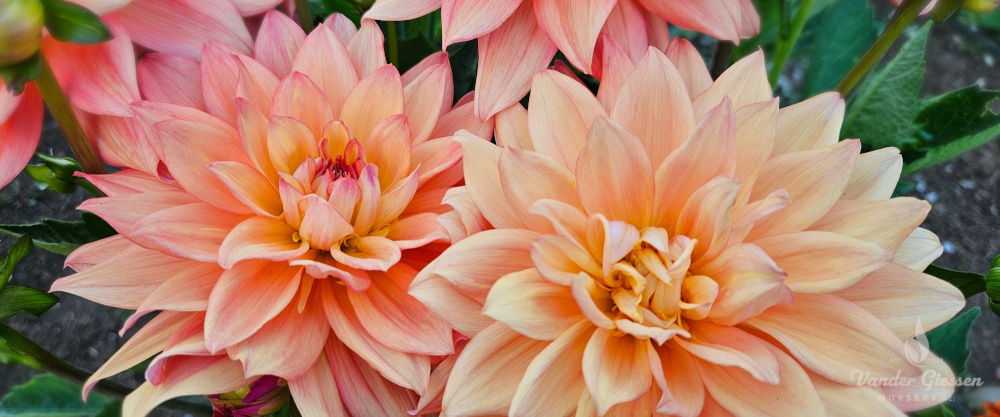
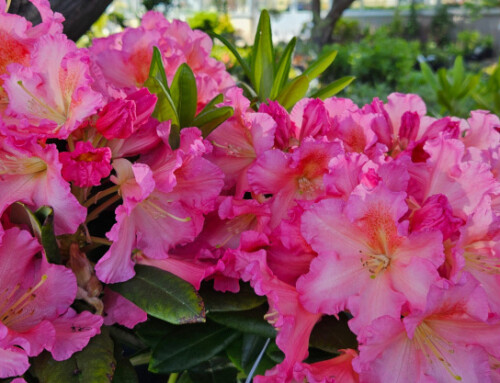
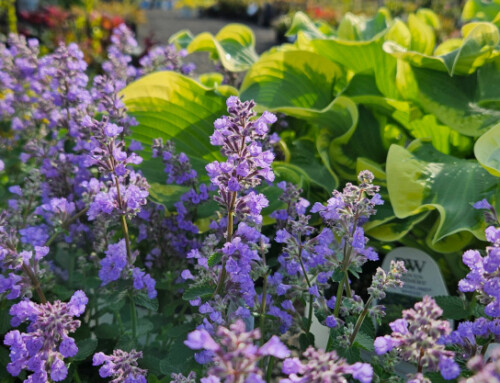

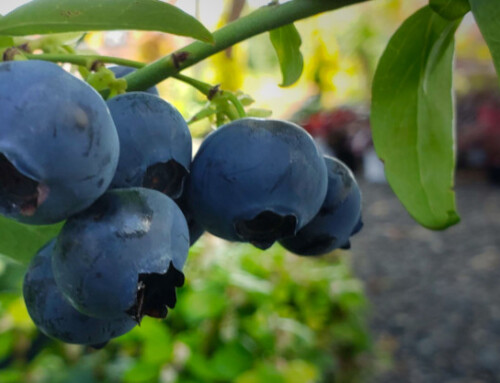
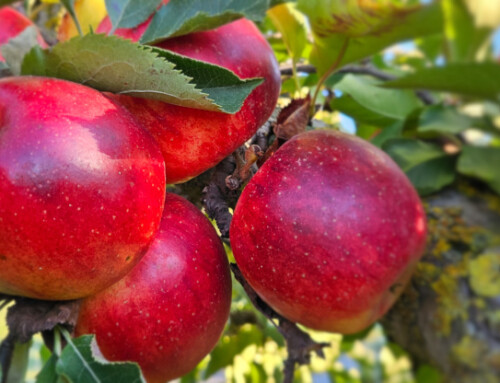
Leave A Comment